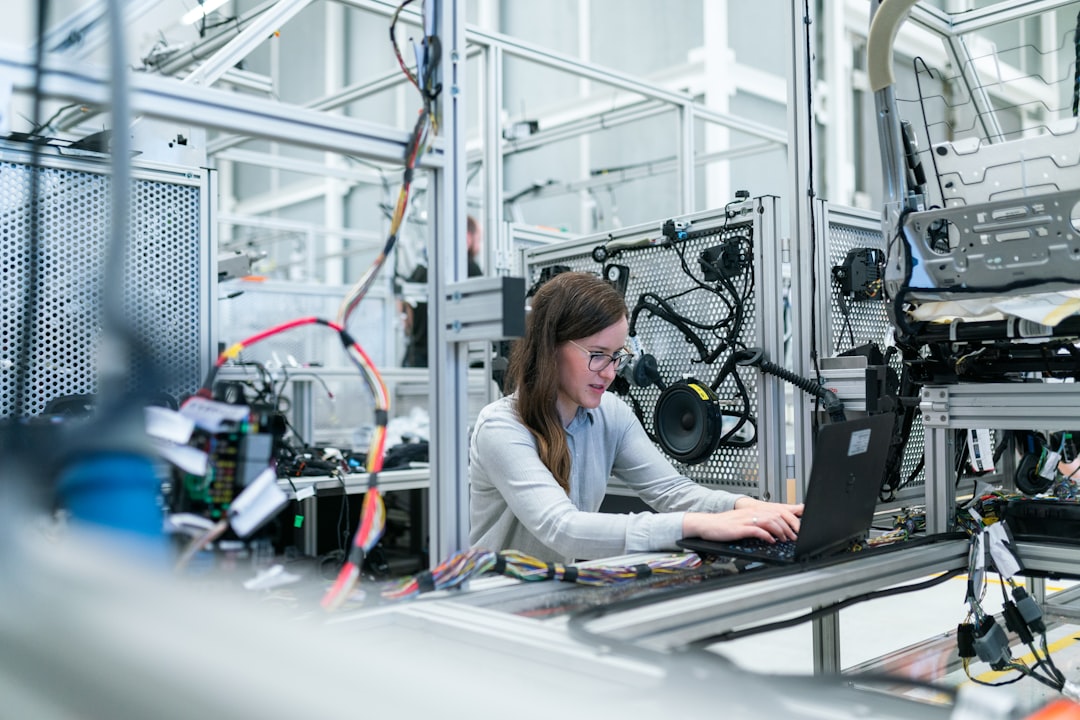Manufacturing vs. Production
What's the Difference?
Manufacturing and production are two closely related terms that are often used interchangeably, but they have distinct differences. Manufacturing refers to the process of converting raw materials into finished goods through various stages of processing, assembly, and packaging. It involves the use of machinery, tools, and labor to transform inputs into tangible products. On the other hand, production is a broader term that encompasses all activities involved in creating goods and services, including manufacturing. It includes not only the physical production of goods but also the planning, organizing, and controlling of resources to ensure efficient and effective output. In essence, manufacturing is a subset of production, focusing specifically on the transformation of raw materials into finished products.
Comparison

| Attribute | Manufacturing | Production |
|---|---|---|
| Definition | The process of converting raw materials into finished goods through the use of machinery, labor, and tools. | The process of creating goods and services by combining various resources such as labor, capital, and technology. |
| Focus | Primarily concerned with the physical creation of products. | Can encompass both physical goods and intangible services. |
| Scope | Includes all activities involved in the production of goods, from sourcing raw materials to delivering the final product. | Can refer to the overall process of creating goods and services, including manufacturing, but also includes other activities such as marketing and distribution. |
| Automation | Increasingly relies on automation and advanced technologies to streamline production processes. | Can also involve automation, but may have a greater emphasis on human labor depending on the industry. |
| Efficiency | Focuses on optimizing production processes to achieve higher levels of efficiency and productivity. | Efficiency is also important, but may be influenced by factors such as customer demand and market conditions. |
| Quality Control | Places significant emphasis on quality control measures to ensure consistent product quality. | Quality control is important, but may have different approaches depending on the nature of the product or service. |
| Cost | Cost reduction is a key objective, aiming to minimize expenses throughout the manufacturing process. | Cost management is important, but may also consider factors such as market pricing and profitability. |
| Supply Chain | Manufacturing is a crucial part of the supply chain, involving sourcing, production, and distribution. | Production is a component of the supply chain, but may also involve other activities such as procurement and logistics. |

Further Detail
Introduction
Manufacturing and production are two terms that are often used interchangeably, but they have distinct differences in their attributes and processes. While both involve the creation of goods, understanding the nuances between manufacturing and production can help businesses optimize their operations and make informed decisions. In this article, we will explore the key attributes of manufacturing and production, highlighting their similarities and differences.
Definition and Scope
Manufacturing refers to the process of transforming raw materials or components into finished products through various techniques, such as assembly, fabrication, or processing. It involves the use of machinery, tools, and labor to create tangible goods. On the other hand, production encompasses a broader concept that includes both manufacturing and non-manufacturing activities. Production involves the creation of goods or services, which can be tangible or intangible, and it can encompass activities like farming, mining, construction, and more.
Process and Techniques
In manufacturing, the process typically follows a sequential flow, starting from the procurement of raw materials, followed by processing, assembly, and finally, the delivery of finished products. Manufacturing techniques can vary depending on the industry and product, including methods like casting, molding, machining, and more. On the other hand, production processes can be more diverse and may not follow a linear sequence. For example, in agriculture, the production process involves activities like planting, nurturing, harvesting, and packaging, which may not have a strict order.
Focus and Output
Manufacturing is primarily focused on the creation of physical goods. The output of manufacturing processes is tangible products that can be seen, touched, and used by consumers. These products can range from automobiles and electronics to clothing and furniture. In contrast, production has a broader focus that includes both tangible and intangible outputs. While manufacturing is a subset of production, the latter also encompasses the creation of services, such as software development, healthcare, education, and more.
Automation and Labor
Automation plays a significant role in modern manufacturing processes. With advancements in technology, many manufacturing tasks can be automated, reducing the need for manual labor. Robots and machines can perform repetitive tasks with precision and efficiency, leading to increased productivity and cost savings. However, certain manufacturing processes still require skilled labor, especially in industries that involve intricate craftsmanship or customization. On the other hand, production activities can vary widely in terms of automation. While some production processes can be automated, others heavily rely on manual labor, such as in the case of farming or construction.
Quality Control and Standardization
Quality control is a crucial aspect of both manufacturing and production. In manufacturing, quality control measures are often implemented at various stages of the production process to ensure that the finished products meet specific standards and specifications. This can involve inspections, testing, and adherence to quality management systems. Similarly, in production, quality control is essential to ensure that the goods or services meet customer expectations. However, due to the diverse nature of production activities, quality control measures may vary significantly depending on the industry and the specific output.
Supply Chain and Logistics
Both manufacturing and production involve complex supply chains and logistics. In manufacturing, the supply chain typically starts with the procurement of raw materials, which are then transformed into finished products through various manufacturing processes. The finished products are then distributed to retailers or directly to consumers. On the other hand, production supply chains can be more diverse, depending on the industry. For example, in agriculture, the supply chain involves activities like sourcing seeds, farming, transportation, storage, and distribution. The logistics involved in production can be more complex due to the perishable nature of certain goods or the need for specialized handling.
Environmental Impact
Both manufacturing and production have environmental implications. Manufacturing processes can consume significant amounts of energy and resources, leading to carbon emissions and waste generation. However, advancements in sustainable manufacturing practices, such as recycling, energy-efficient technologies, and waste reduction, have helped mitigate the environmental impact. In production, the environmental impact can vary depending on the industry. For example, agriculture can have implications for land use, water consumption, and pesticide use. Similarly, the production of certain goods, such as electronics, can involve the use of hazardous materials. Sustainable production practices aim to minimize these impacts through responsible resource management and eco-friendly processes.
Conclusion
Manufacturing and production are closely related concepts, but they have distinct attributes and processes. While manufacturing focuses on the creation of tangible goods through sequential processes, production encompasses a broader range of activities, including both tangible and intangible outputs. Understanding the differences between manufacturing and production can help businesses optimize their operations, make informed decisions, and adapt to the evolving needs of their industries. By considering the unique attributes of manufacturing and production, organizations can enhance their efficiency, quality control, and environmental sustainability.
Comparisons may contain inaccurate information about people, places, or facts. Please report any issues.